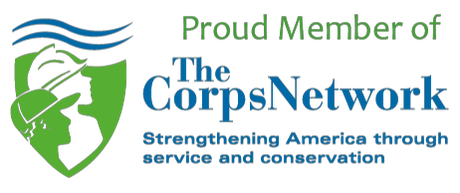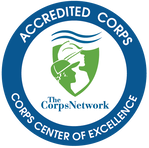|
GEM Environmental is excited to spotlight our newest scholarship recipient. Emma Goethe was born and raised in Phoenix, Arizona and now attends school at Arizona State University in Tempe. Growing up with the mountains in her backyard, Emma quickly developed a passion for the outdoors and specifically native reptile wildlife. These interests have now expanded into a graduate educational career where she is working towards a Master of Sustainability Solutions. One of Emma’s exploration avenues is conservation education, and she is also fascinated by transboundary conservation initiatives. Selecting a STEM-focused educational path was a no-brainer for Emma. Her passion for protecting the natural world requires an understanding of the sciences. What makes sustainability so unique is its combination of hard and soft sciences. Congratulations Emma! How did you hear about G.E.M. Environmental and this scholarship opportunity? I heard about this scholarship opportunity through the ASU scholarship portal website. Please provide a brief description highlighting your work/area of focus. As an elementary and middle school student, my school partnered with the Phoenix Herpetological Sanctuary to introduce us to the amazing world of reptiles, but also concepts of conservation. In fourth grade, we held a reptile showcase where I was assigned the California Kingsnake and we presented on their physical makeup but also challenges they face in the wild. This experience has stuck with me since then. Upon looking for internships sophomore year there was an opportunity to be a conservation educator at the sanctuary. Almost three years later, I am still on the conservation education team and travel around the valley of the sun teaching the community about reptiles and the need for increased conservation efforts. The sanctuary also holds week-long courses for students to take which go in-depth on reptile families and what can be done to protect them. For these programs, I am the course facilitator and lead groups of about 15 students through the week’s curriculum. At the Phoenix Herpetological Sanctuary, I have discovered a passion for educating others on challenges for species survival. I believe the best way to see positive change is to spread awareness, which is the exact goal of the sanctuary. For my honors thesis, I decided to take my love for conservation education and native reptiles in the valley even further. I developed a 15 week-long course for local middle school students which introduces them to species survival and concludes with the students developing a conservation campaign that they pitch to the entire school. The course consists of topics from ecosystem functions needed for a reptile to thrive to case studies of global conservation efforts being taken to protect biodiversity. Throughout the course, the overarching theme is sustainability, how can we address these complex topics which are not just environmentally driven in a way that will allow biodiversity to persist for future generations. The Phoenix Herpetological Sanctuary has since expressed interest to have me facilitate the course in partnership with them this year. To further spread awareness of the need for conservation and the adoption of sustainability, I participated in the Disney College Program where I worked in Animal Kingdom. Along with this experience providing me with unparalleled professional development opportunities, I also learned how to tell a story. Sometimes concepts like conservation and sustainability and intangible for an audience, but at Animal Kingdom I was able to be creative and connect to guests in a way that was relevant to their own life. It was a goal of mine to leave every guest interaction with action steps that they could take in their own lives to help be an educated global citizen. While at Animal Kingdom I was also exposed to a plethora of research opportunities that strive to protect biodiversity. When returning to ASU I knew I wanted to explore the world of academic research. Here I found the most remarkable mentor I could have asked for, Joseph Wolf. He took me on as a research assistant, and I can undoubtfully say thus far this has been the most academically fulfilling experience in my life. In the lab, I can explore independently and collaborate with a team. I have learned how to code and analyze ecological data in the software R, I have created annotated bibliographies that will be used as a reference in our soon-to-come publication, and I have begun drafting the article outline which will be submitted to prestigious academic journals. The research being conducted analyzes prairie dogs’ effects on physical, biological, and chemical soil characteristics in the Thunder Basin Ecoregion. Within this region there is a direct interaction with farmers, so not only are we trying to illustrate how the prairie dogs are keystone species, but also how they could benefit the farmers. I have thoroughly enjoyed working within a social-ecological systems framework because here I could harness all my passions into one area. Next, I will be working specifically in the Global Locust Initiative lab where we analyze the biological effects locusts have on regions in the world, but socially we dissect how women and children in these communities are affected by the outbreaks If your scholarship funds HAVE NOT BEEN USED yet, how do you anticipate you will achieve success?
This scholarship funding will allow me to pilot my 15-week long conservation course and continue my role as a research assistant in the Global Locust Initiative Lab at ASU. Without these funds, I would not be able to partake in both projects. I am extremely grateful because these funds will limit some of the financial stress associated with funding classes or projects like my conservation course. Inspiring young learners to promote conservation through hands-on educational experiences like reptile engagement could assist future efforts to promote widespread conservation initiatives. I truly believe that education is one of the most powerful tools we have towards building a more sustainable future. By conducting the course and analyzing which activities or lessons were most effective we can build stronger educational opportunities for youth in the future. My course is designed specifically for students in Arizona, so it is my hope that there will be increased community awareness regarding the importance of native wildlife. Tell us what this scholarship means to you. This scholarship is allowing me to work towards some of my educational dreams including piloting a course I personally designed and having the chance to hopefully become a published author in an academic journal. I absolutely love learning and with these funds, I can focus on school even more. |
Categories
All
Archives
June 2024
|
G.E.M. Environmental NFP
Geology - Engineering - Minerals - Environmental - Not for Profit
Geology - Engineering - Minerals - Environmental - Not for Profit
Community Partners
|
Programs
|
Get Involved
|
About
|
Follow Us
|
Sponsors & Donors
|
© COPYRIGHT 2017 - 2023. ALL RIGHTS RESERVED. G.E.M. Environmental NFP
GEM Environmental, GEM4STEM, GEM Corps, and Charity Rocks are all Registered Trademarks of G.E.M. Environmental NFP.
Any and all use of Trademarks or Copyrights must be authorized.
GEM Environmental, GEM4STEM, GEM Corps, and Charity Rocks are all Registered Trademarks of G.E.M. Environmental NFP.
Any and all use of Trademarks or Copyrights must be authorized.
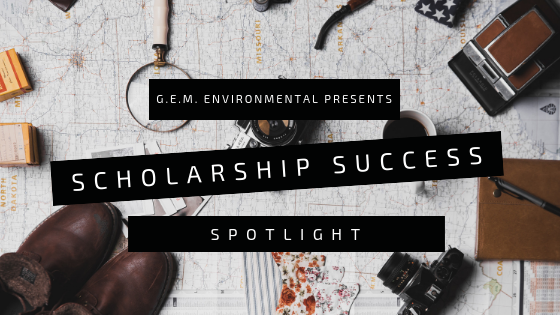
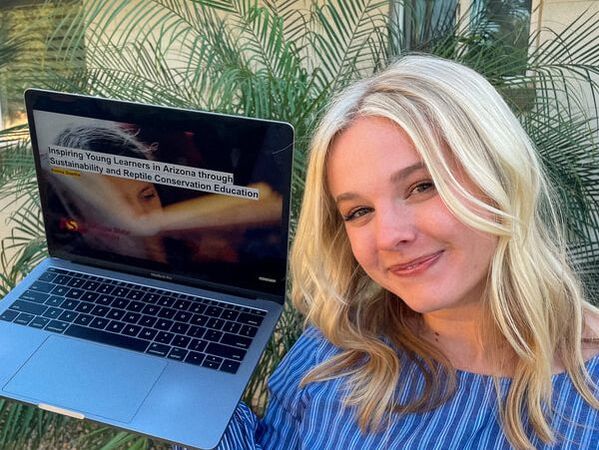
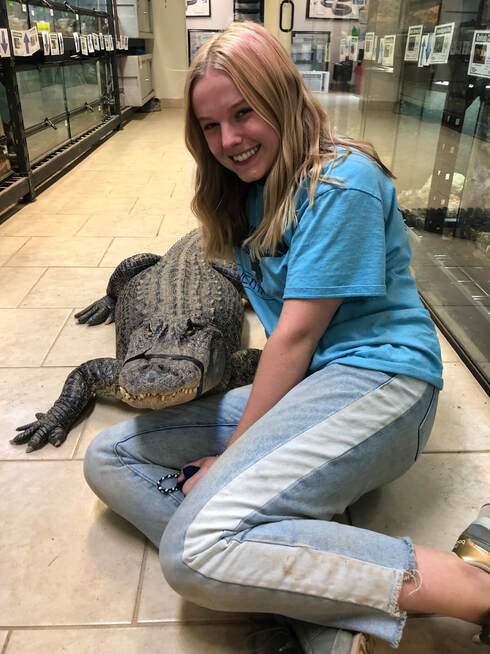
 RSS Feed
RSS Feed

